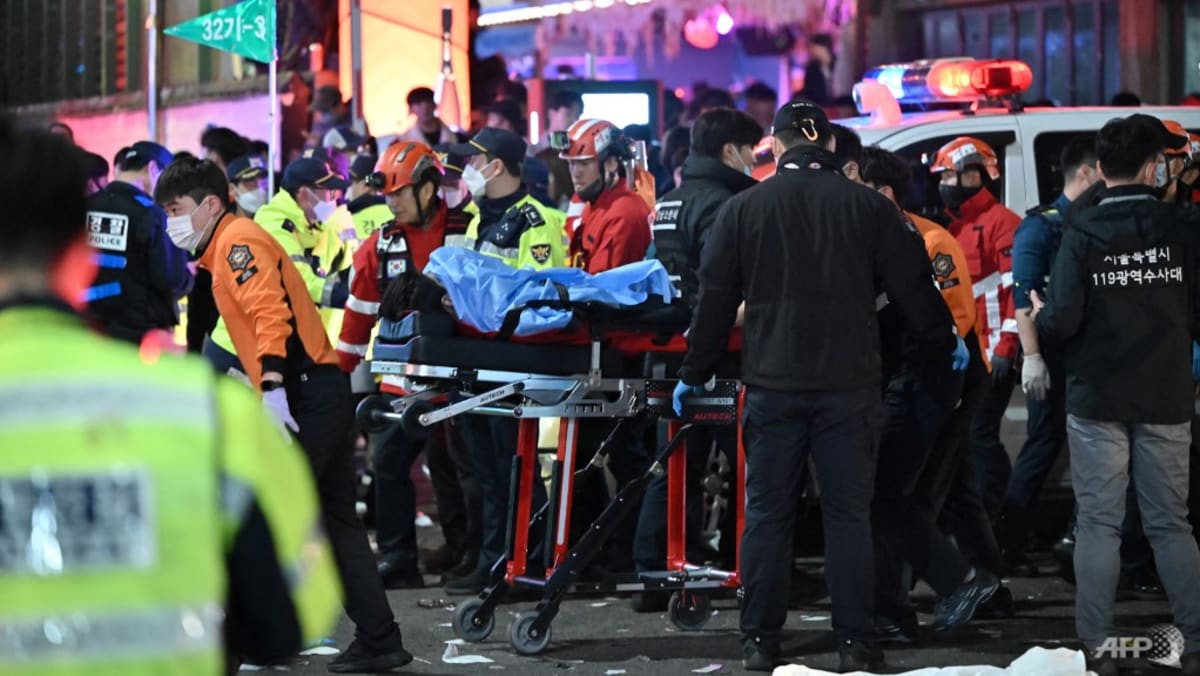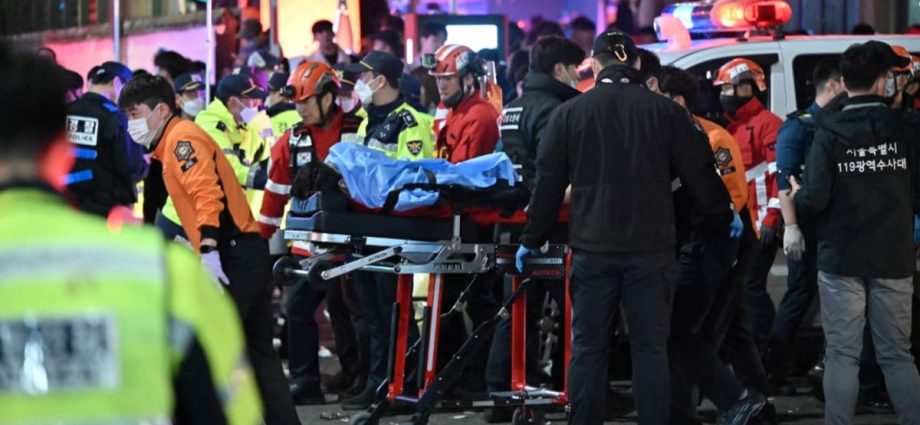
IS PROTECTION POSSIBLE IN A MASS CROWD SITUATION?
Dr Haghani said that reaching a critical level of crowd density often happens in increments and at such a slow pace that people cannot foresee the disaster coming.
“People that are within the crowd gradually feel that the crowd is becoming more and more uncomfortable, but by the time that they realise that they are in trouble, it might be too late,” he said.
“Such crowds often do not often offer people escape routes. And as a result of that, there will be not much possibility for people to rescue themselves unfortunately.”
He noted however that some people who are lucky and next to the periphery of the space can grab onto things to move vertically, may do so. But that possibility is not available to everybody, he said.
When crowds in busy places like a Christmas market or public transport are well managed, then the risks can be mitigated, said Prof Still.
“But if you feel that there are no authorities around, that there’s nobody that’s looking after the crowd, then that’s the sort of thing that should raise your awareness levels and consider your own safety first,” he said.
In response to a question on what the South Korean authorities should focus on in their investigations, Prof Still noted that the size of the Itaewon alley, the flow rate through the area, the maximum limits, and the fact that there is a train station in the area are known parameters.
“You can therefore work out what the safety elements are before you allow the crowds into that space. So that, I think, would be your fundamental analysis – understanding the areas and then look at who’s responsible for the safety of the public,” he said.
“Is this (on the) local authorities? Who’s the landowner in these areas? What is the legislation for public safety within this environment? These are all key questions you would ask in an inquiry.”

